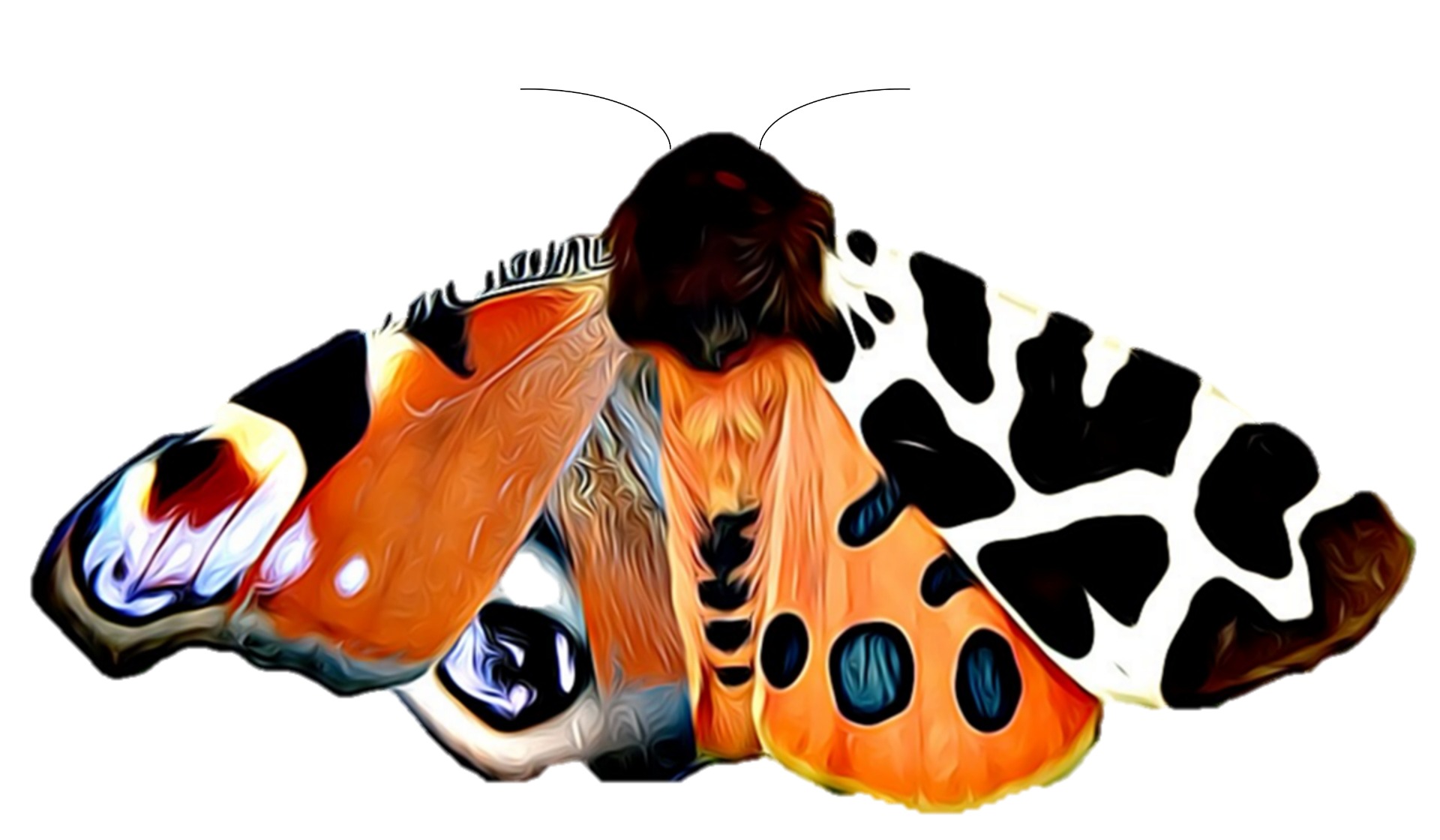Another fungal parasite of a fungus: Pseudoboletus parasiticus (the parasitic bolete) on Scleroderma citrinum (the common earthball)
I was very excited to spot this rare fungus on Brownsea Island, Poole Harbour, Dorset. It grows on an earthball host, with mycelium growing and occupying the inside of the ball. The earthball itself is an example of a gasteroid (or "stomach") fungus - instead of developing and then ejecting spores from specialised cells (basidia) on an external surface of the fruiting body (such as gills or pores), spores develop inside in a tissue type known as the gleba. This is protected by an external wall (peridium) while spores develop.

There has been some debate as to whether the parasitic bolete genuinely is parasitic - i.e. having an arguable negative effect on the earthball. It has been proposed that the presence of the earthball fruiting body is merely required to stimulate fruiting of the bolete; on the other hand the bolete has been observed to prevent the proper development of glebal tissue and thus production of spores in its host.

